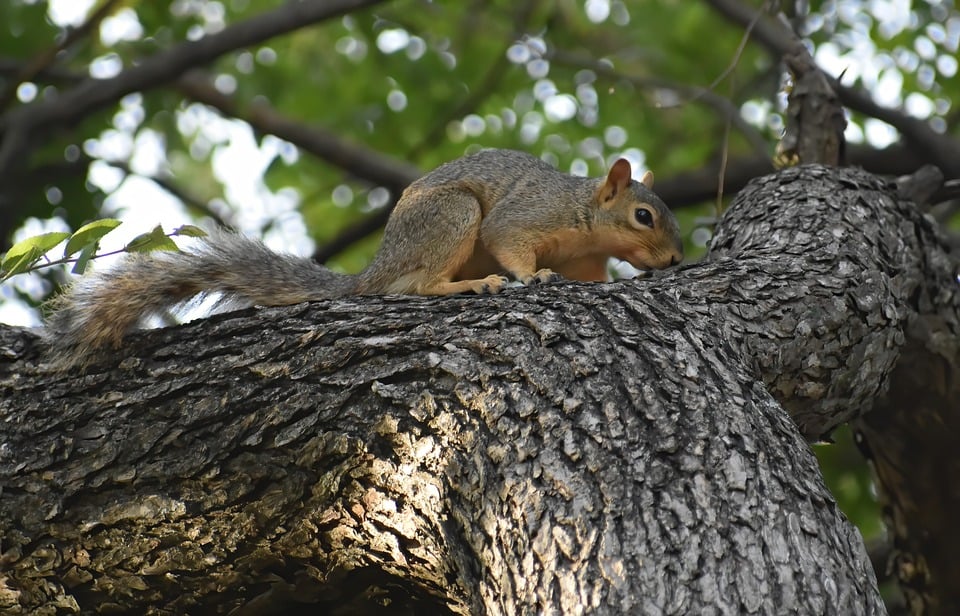In a world filled with uncertainties, humans have always sought ways to make sense of the unknown. From ancient civilizations to modern societies, superstitions have played a prominent role in shaping beliefs and behaviors. In this in-depth exploration, we will take a closer look at the evolution of superstitions through the ages, examining their historical significance, current manifestations, and potential future implications.
Historical Context
Superstitions have been an integral part of human culture for centuries, dating back to the earliest civilizations. In ancient times, people believed in a variety of superstitions to explain natural phenomena, ensure good fortune, or ward off evil spirits. From the Babylonians to the Greeks, superstitions were deeply ingrained in everyday life, influencing everything from decision-making to social interactions.
As societies evolved, superstitions adapted to reflect changing beliefs and values. During the Middle Ages, superstitions became intertwined with religious beliefs, with practices such as witchcraft and divination gaining popularity. The Renaissance period saw a renewed interest in superstitions, with alchemy and astrology becoming prominent fields of study.
Current State
In the modern era, superstitions continue to play a significant role in many cultures around the world. While some superstitions have faded with time, others have persisted and even gained new significance in the digital age. From knocking on wood for good luck to avoiding black cats, superstitions continue to influence our daily lives in subtle ways.
In some cultures, superstitions are taken very seriously, with rituals and practices passed down from generation to generation. For example, in many Asian countries, beliefs in feng shui and lucky charms are still prevalent, influencing everything from business decisions to personal relationships.
Future Predictions
As we look to the future, the role of superstitions in society is likely to evolve yet again. With advancements in technology and changes in global culture, superstitions may take on new forms, adapting to the realities of the modern world. It is possible that superstitions will continue to influence our behavior, even as we embrace new ways of thinking and living.
One potential future trend is the merging of traditional superstitions with modern technology. For example, wearable devices that offer personalized astrological readings or apps that provide daily lucky numbers could become increasingly popular, blending ancient beliefs with cutting-edge technology.
Conclusion
In conclusion, superstitions have been a constant presence throughout human history, shaping our beliefs, actions, and interactions with the world around us. While some superstitions may seem outdated or irrational, they continue to hold significance for many individuals and cultures.
As we move forward into an uncertain future, it is important to appreciate the role that superstitions have played in our past and consider how they may continue to influence our lives in the years to come. Whether we embrace superstitions or dismiss them as mere superstition, they will always be a fascinating aspect of human culture that warrants further exploration.
Thank you for joining us on this journey through the ages of superstitions. We hope this article has provided you with valuable insights and sparked your curiosity to delve deeper into this intriguing topic.
For further resources on superstitions and their impact, we recommend exploring academic studies, cultural anthropology research, and historical texts that delve into the rich tapestry of beliefs and practices that have shaped human civilization. Happy exploring!
